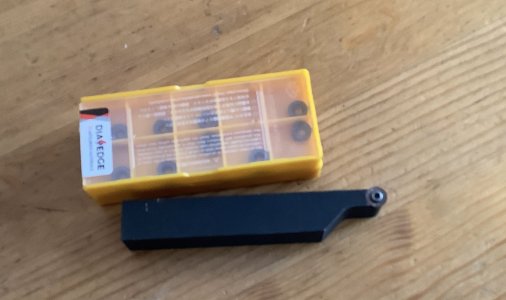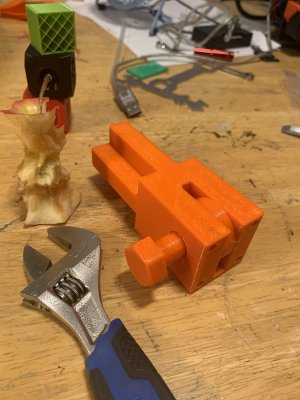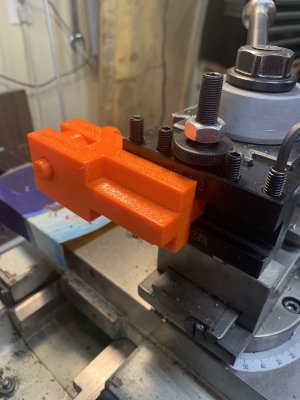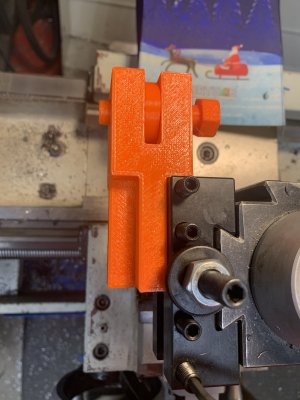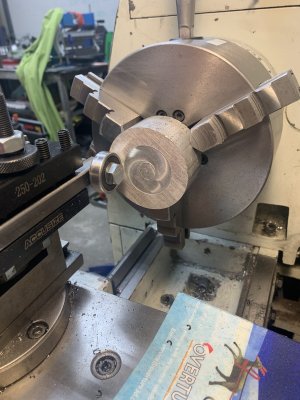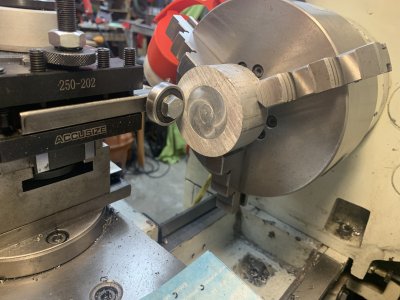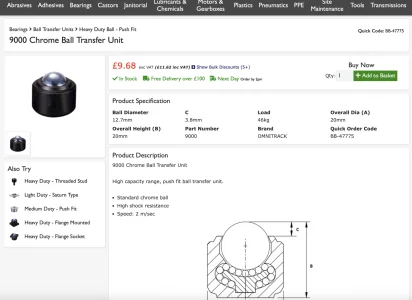Only issue is that i don’t have a lathe.
I highly recommend you get a lathe. In my mind getting a lathe should be a higher priority than getting a mill.
And trust me on this, if you ever do get a lathe, this project won't be (and shouldn't be) anywhere near the top of your priority list....

